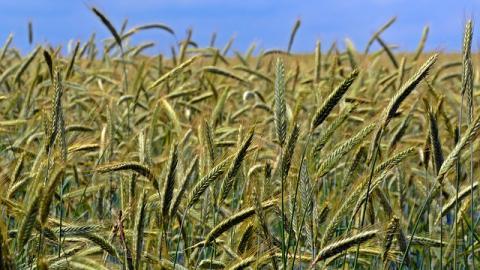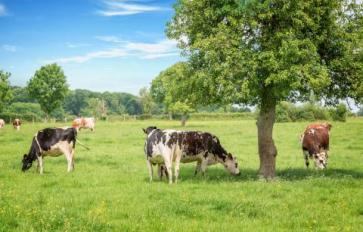
Our food sources are being altered in subtle and not-so-subtle ways by rising temperatures. Changes affecting plants and animals will test the resilience of nature and the adaptability of humankind in coming years. Optimists will have their work cut out for them.
Food crops already are being affected by warmer temperatures, but more significant changes will follow soon. According to the Union of Concerned Scientists, worldwide agriculture faces a future characterized by reduced crop yields, increased irrigation, more planting and harvesting disruptions caused by flooding and decreased arability. Solutions will require transforming our food system to ensure healthy, sustainably grown food for all.
Climate change discussions in mainstream media aren’t keeping up with the changing reality. The focus must shift towards mitigating the adverse impact of rising temperatures, rather than continuing a foolhardy debate about whether it’s happening. Rehashing the evidence of sequential years ranking as the hottest on record by the media is simply old news. The viability of food supplies requires new thinking.
Crop yields for corn, rice, soybeans and wheat are increasing more slowly, as a result of higher minimum temperatures, according to findings from the U.S. Department of Agriculture. The rate of crop yield growth may be slowing worldwide as much as 2.5% per decade. The USDA projects tropical regions will experience the greatest impact until 2050, before crops in higher latitudes experience more frequent disruptions in production and increased overall food prices. Crops in tropical regions are already close to their physiological limitations.
Residents of remote towns in Alaska know their traditional lifestyle is becoming unsustainable, as warmer weather is affecting their ability to hunt for caribou and walrus due to shifts in migratory patterns and animals becoming less accessible, according to the Inuit Circumpolar Council. Higher temperatures are also making it more difficult to dry fish as periods of rain increase. New methods of food storage are needed to replace ice cellars as permafrost diminishes.
Heavily populated regions in more temperate latitudes face new food safety problems, as higher temperatures and droughts trigger survival responses in plants that lead to accumulations of chemical compounds and nitrates, which are poisonous for animals and humans. Wheat, barley, maize and millet are among the most susceptible crops to adverse effects caused by climate change, including increases in toxic fungus, according to a report from the United Nations.
While most regions’ food sources are suffering from climate change, there are places where climate change brings about new opportunities for agriculture, like in Greenland, where farmers can now plant crops like apples and strawberries that would not have survived until recently. Although some of these might seem like positive changes, the fact remains that global warming is significantly altering how we on Earth feed ourselves, and adaptation to and understanding of those changes is key. The narrative surrounding climate change needs to shift from “whether it is an issue” to what to do about the issue that is now considered essentially irrefutable, scientifically. A myriad of environmental stressors contribute to this, as we’ve discussed here at basmati.com, and everyone can certainly do their part – reduce your water usage, support local organic farming, and make environmentally conscious decisions.








